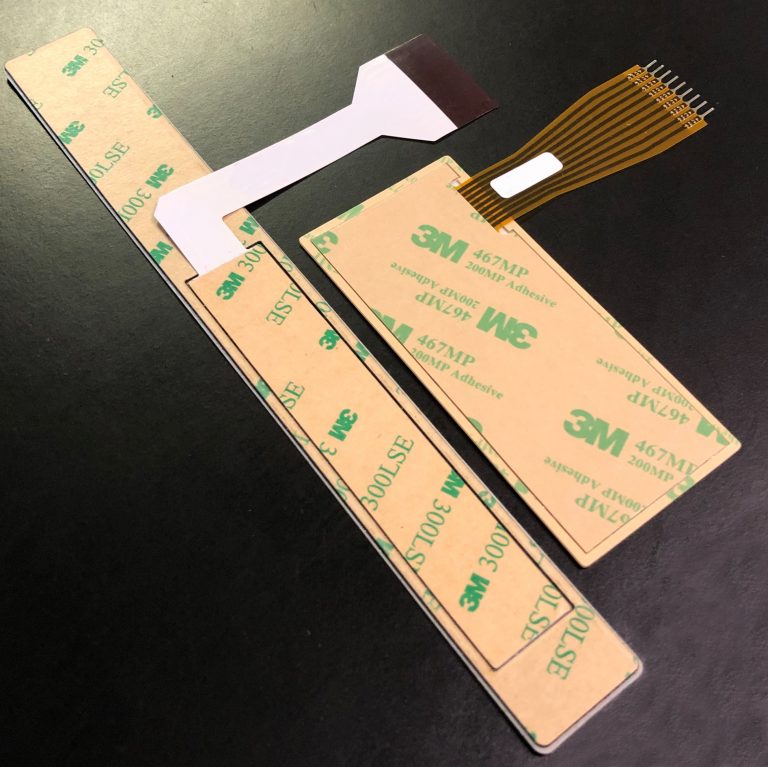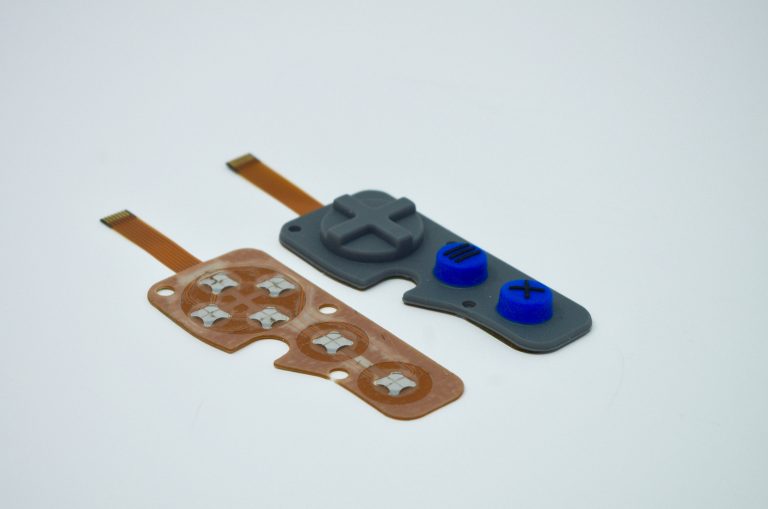Things to Consider When Designing a Membrane Switch
Designing a membrane switch can be overwhelming at times. There are many different design choices, materials, and other considerations to think about when designing the keypad. For these reasons, CSI typically recommends creating prototypes before entering production. Prototypes allow our customers to have working samples that they’re able to test the look, feel, and functionality.
Below you will find some important design items to consider during the membrane switch design phase.
Membrane Switch Materials
From molded rubber keypads to standard polyester overlay membrane switches, there are a variety of materials and substrates to consider based on the type of membrane switch requirements. Membrane switches range from PCB membrane switch keypads to flexible circuit membrane switches.
Membrane Switch Circuitry
The circuit layer is a critical component of the membrane switch assembly. It’s the circuit layer (or layers) that enable the device’s connectivity. The choice between integrating a printed circuit board or flexible circuit depends on the product and the requirements. If the membrane switch calls for a flexible circuit, the decision on whether to use printed silver or copper flex also must be made.
Membrane Switch Backers
Rigid backers, such as aluminum or G10, can be integrated into the membrane switch assembly in order to provide rigidity or structure.
Membrane Switch Backlighting & LED Integration
Backlighting is an important consideration in membrane switch prototype design. For products that will be used in dim lighting conditions, backlighting adds usability to a product’s user interface. There are several backlighting options that may be used in membrane switch prototype design, including embedded LEDs, light guide film technology, fiber optic backlighting, and electroluminescent (EL) backlighting.
LEDs can also be integrated into the membrane switch assembly for simple indicators.
Graphic Overlays
The graphic overlay is the visual interface component of a membrane switch assembly, providing the look and feel of the final product. Graphic overlays can be screen printed or digitally printed, based on the desired effects. Digital printing provides some key advantages in the printing of graphic overlays such as a broader range of effects, including photo-quality printing. Textures, embossed areas, transparent windows, backlighting, and dead front or white front images are all considerations in designing the graphic overlay component of a membrane switch assembly.
Tactile Feedback
Tactile feedback plays an increasingly important role in product usability, as tactile feedback options have evolved from the traditional feedback provided by standard keypads to a variety of feedback options with varying actuation force requirements. Tactile feedback can be created with the use of stainless steel domes in the membrane switch assembly.
EMI/RFI Shielding
Electromagnetic Interference (EMI) and Radio Frequency Interference (RFI) are two terms that are often used interchangeably. EMI and RFI disturbances can both have a serious impact on the functionality of an electronic circuit. EMI/RFI shielding is a process that protects the circuits from this interference from other devices or influences, ensuring the longevity of a device by reducing interference through the use of magnetic or conductive materials that block the field.



